Finding the Path Toward a Strategy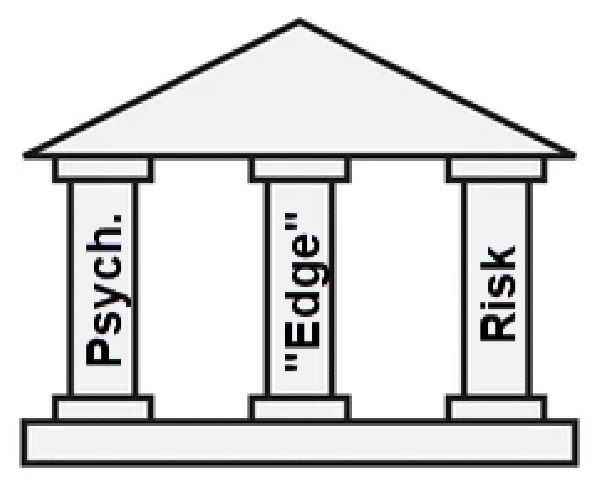 Since we are all different, we will need to find our own individual path(s) toward defining the strategies that we can use to effectively manage a portfolio. The first step in this process of self awareness is to set aside some time when you are free to assess yourself. This is not a task to dread or rush through, but a time to pause and reflect. What follows are two exercises: a Personality Profile and a Left Brain/Right Brain Information Processing Assessment.
Our personality and preferences are major factors in determining how we function and behave. They also have an effect on our professional approaches to problem solving and business organization. The results of these exercises will be combined to give insight as to what type of portfolio strategies we may be most compatible with and comfortable running. It is important to think honestly about ourselves, what we like and what we don’t like. Get in the right mood, calm and introspective, jot notes down on a pad of paper. Find a quiet time when you won’t be disturbed, this is all about you and no one else.
Since we are all different, we will need to find our own individual path(s) toward defining the strategies that we can use to effectively manage a portfolio. The first step in this process of self awareness is to set aside some time when you are free to assess yourself. This is not a task to dread or rush through, but a time to pause and reflect. What follows are two exercises: a Personality Profile and a Left Brain/Right Brain Information Processing Assessment.
Our personality and preferences are major factors in determining how we function and behave. They also have an effect on our professional approaches to problem solving and business organization. The results of these exercises will be combined to give insight as to what type of portfolio strategies we may be most compatible with and comfortable running. It is important to think honestly about ourselves, what we like and what we don’t like. Get in the right mood, calm and introspective, jot notes down on a pad of paper. Find a quiet time when you won’t be disturbed, this is all about you and no one else.
Some areas for you to consider are how you function in a social activity with people. What characteristics of people do you admire? Do you prefer to interact one on one, in small or large groups? Also consider individual activities and what satisfaction you derive from them. What activities do you find creative, relaxing or stimulative? Are you interested in one task at a time or fascinated with many? What activities do you enjoy or avoid; consider what classes you enjoyed or disliked in college or high school? Are you happy to work toward a goal with a deadline? Are you organized or messy? All of these, and more, are part of your unique personality.
• Personality Profile Assessment:
The author recommends taking a Personality Profile test that will help in the identification of characteristics, so you can determine a group of compatible investment strategies. This first evaluation will ask questions about how you work and what you prefer to do in various settings. The scoring is immediate. One such site is: http://www.outofservice.com/bigfive 1). It will give you a percentile score in the OCEAN personality model (Openness to experience, Conscientiousness, Extroversion and Agreeableness). The results give you additional insight as to your level of creativity, organization, sociability, interaction with others, and nervousness / relaxed states. Responses will be evaluated on in the areas of Logical-Social, Reserved-Outgoing and Tried & True-New & Different. There are no right or wrong answers, only more information about how you function and work. You will combine these results with the next exercise and begin to see a pattern. The pattern is the manner in which you think, learn and prefer to act, and respond to situations.


 The next area to review is how we learn new things, and react to new stimuli. This is a major factor in what makes us different. The left brain / right brain theory explains how our brain functions, in short, how we are “wired”. Research indicates that the brain is divided into two main hemispheres. Each specializes in different functions and processes information differently. This, in part, defines how we deal with problems. The left brain processes more logic and analysis functions, while the right brain processes more emotion and imagination functions.
The next area to review is how we learn new things, and react to new stimuli. This is a major factor in what makes us different. The left brain / right brain theory explains how our brain functions, in short, how we are “wired”. Research indicates that the brain is divided into two main hemispheres. Each specializes in different functions and processes information differently. This, in part, defines how we deal with problems. The left brain processes more logic and analysis functions, while the right brain processes more emotion and imagination functions.
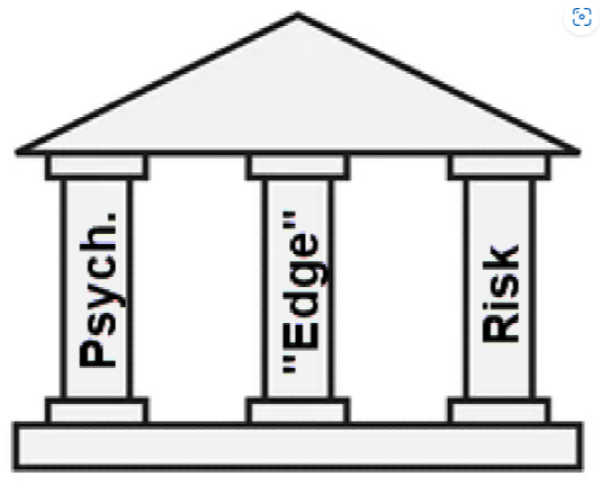
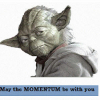
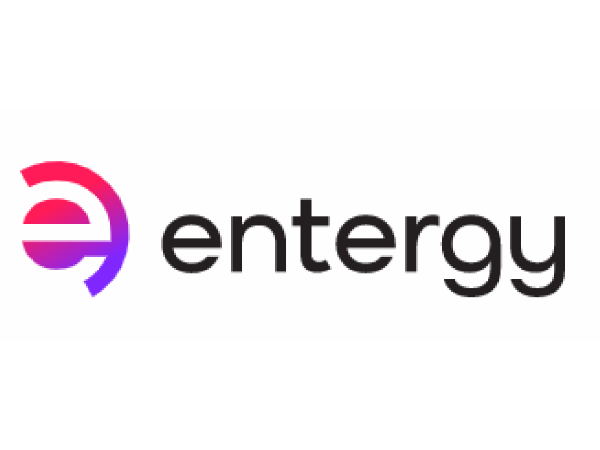


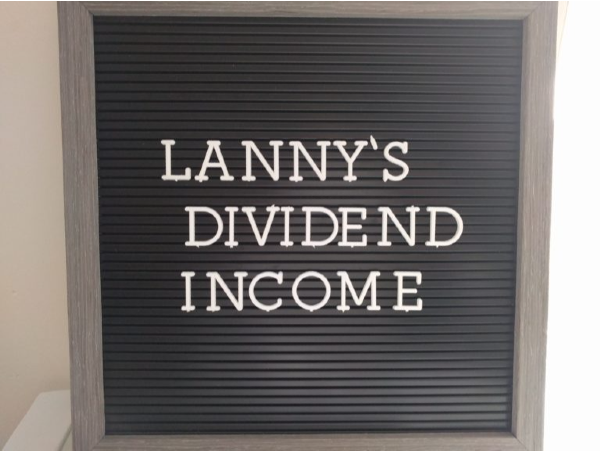

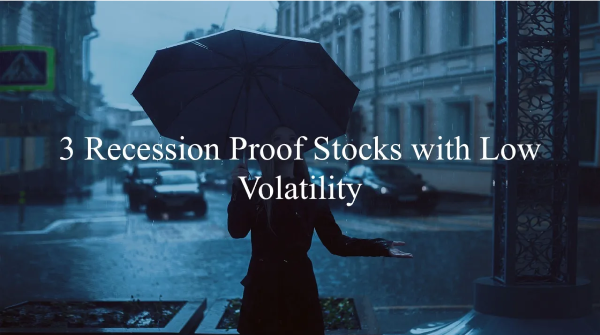
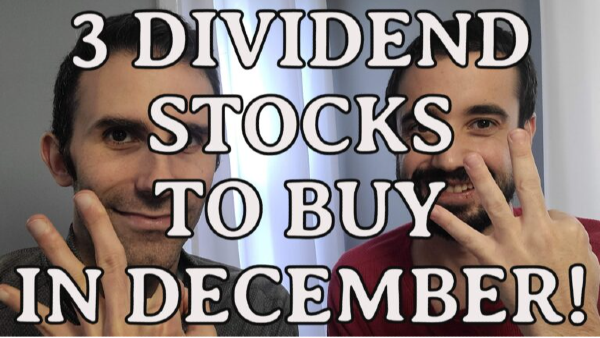
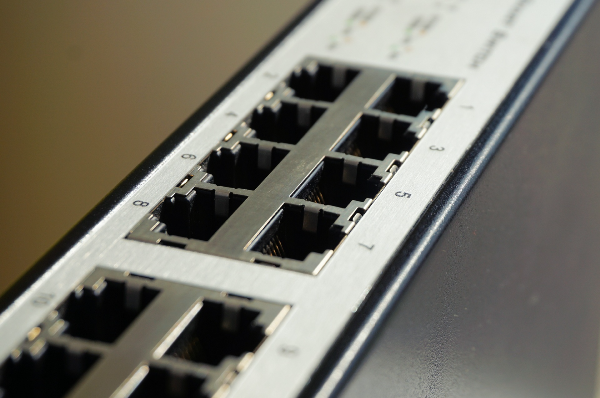






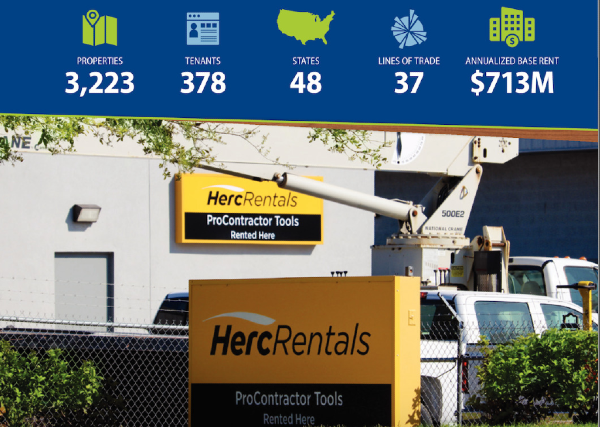
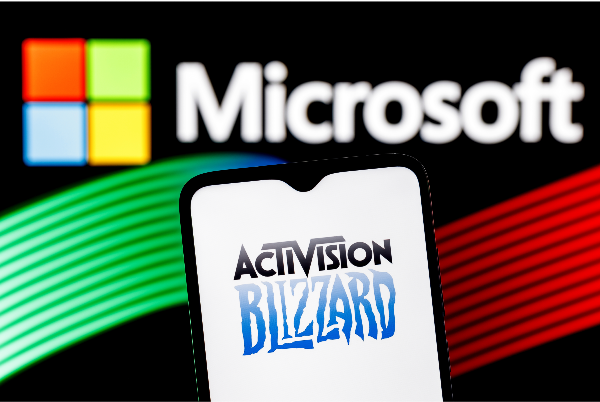


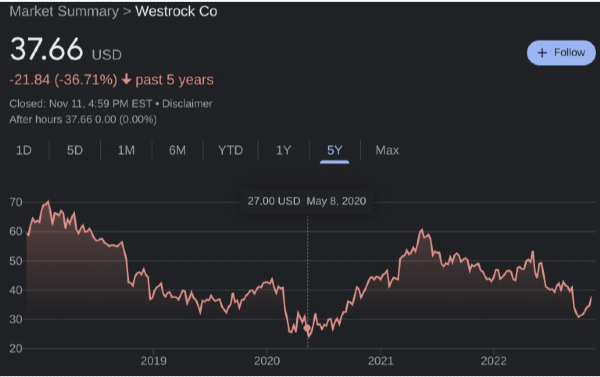



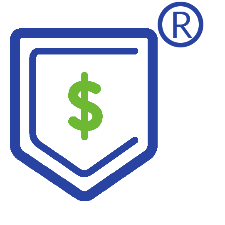



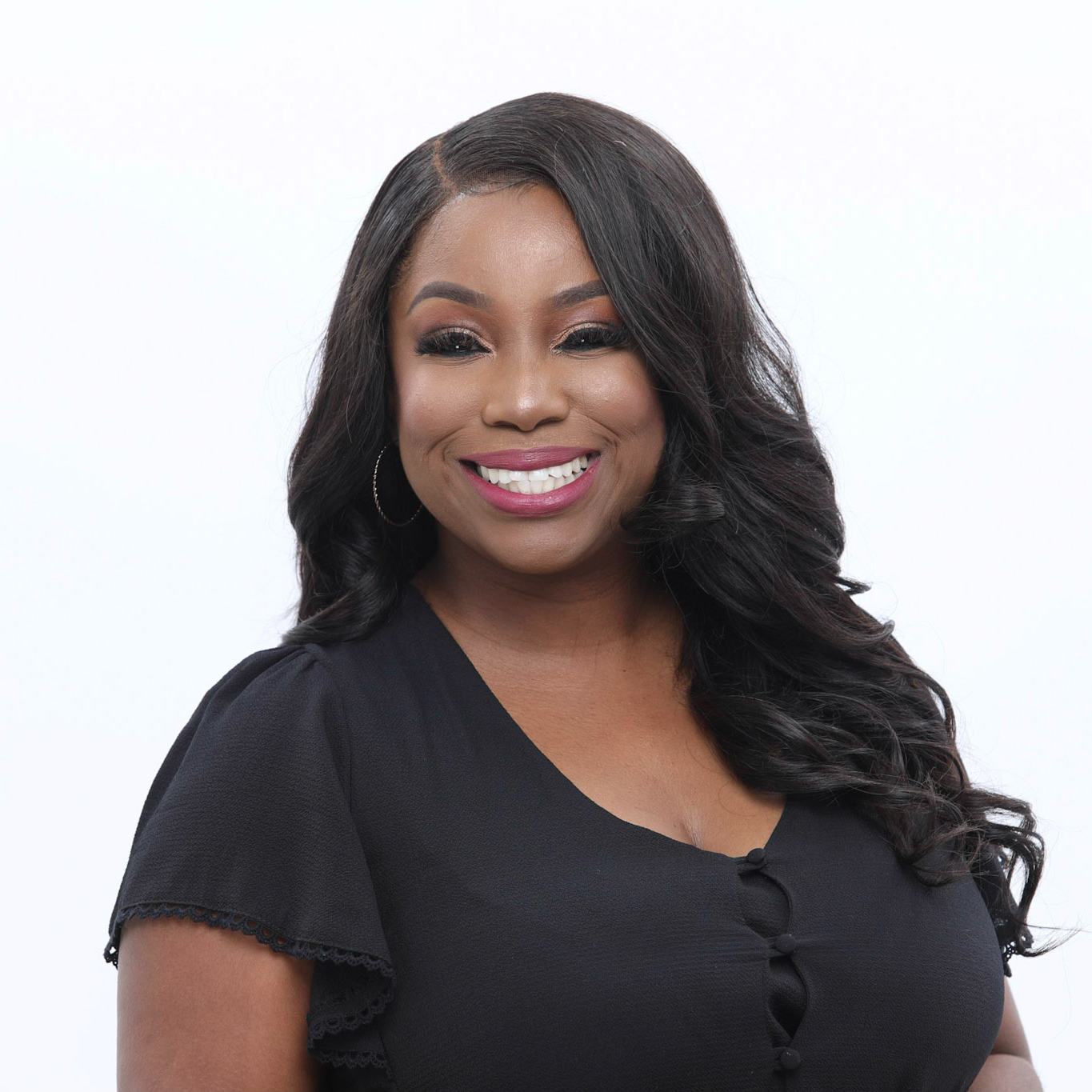
Finding the Path Toward a Strategy Since we are all different, we will need to find our own individual path(s) toward defining the strategies that we can use to effectively manage a portfolio. The first step in this process of self awareness is to set aside some time when you are free to assess yourself. This is not a task to dread or rush through, but a time to pause and reflect. What follows are two exercises: a Personality Profile and a Left Brain/Right Brain Information Processing Assessment.
Our personality and preferences are major factors in determining how we function and behave. They also have an effect on our professional approaches to problem solving and business organization. The results of these exercises will be combined to give insight as to what type of portfolio strategies we may be most compatible with and comfortable running. It is important to think honestly about ourselves, what we like and what we don’t like. Get in the right mood, calm and introspective, jot notes down on a pad of paper. Find a quiet time when you won’t be disturbed, this is all about you and no one else.
Since we are all different, we will need to find our own individual path(s) toward defining the strategies that we can use to effectively manage a portfolio. The first step in this process of self awareness is to set aside some time when you are free to assess yourself. This is not a task to dread or rush through, but a time to pause and reflect. What follows are two exercises: a Personality Profile and a Left Brain/Right Brain Information Processing Assessment.
Our personality and preferences are major factors in determining how we function and behave. They also have an effect on our professional approaches to problem solving and business organization. The results of these exercises will be combined to give insight as to what type of portfolio strategies we may be most compatible with and comfortable running. It is important to think honestly about ourselves, what we like and what we don’t like. Get in the right mood, calm and introspective, jot notes down on a pad of paper. Find a quiet time when you won’t be disturbed, this is all about you and no one else.
Some areas for you to consider are how you function in a social activity with people. What characteristics of people do you admire? Do you prefer to interact one on one, in small or large groups? Also consider individual activities and what satisfaction you derive from them. What activities do you find creative, relaxing or stimulative? Are you interested in one task at a time or fascinated with many? What activities do you enjoy or avoid; consider what classes you enjoyed or disliked in college or high school? Are you happy to work toward a goal with a deadline? Are you organized or messy? All of these, and more, are part of your unique personality.
• Personality Profile Assessment: The author recommends taking a Personality Profile test that will help in the identification of characteristics, so you can determine a group of compatible investment strategies. This first evaluation will ask questions about how you work and what you prefer to do in various settings. The scoring is immediate. One such site is: http://www.outofservice.com/bigfive 1). It will give you a percentile score in the OCEAN personality model (Openness to experience, Conscientiousness, Extroversion and Agreeableness). The results give you additional insight as to your level of creativity, organization, sociability, interaction with others, and nervousness / relaxed states. Responses will be evaluated on in the areas of Logical-Social, Reserved-Outgoing and Tried & True-New & Different. There are no right or wrong answers, only more information about how you function and work. You will combine these results with the next exercise and begin to see a pattern. The pattern is the manner in which you think, learn and prefer to act, and respond to situations.

 The next area to review is how we learn new things, and react to new stimuli. This is a major factor in what makes us different. The left brain / right brain theory explains how our brain functions, in short, how we are “wired”. Research indicates that the brain is divided into two main hemispheres. Each specializes in different functions and processes information differently. This, in part, defines how we deal with problems. The left brain processes more logic and analysis functions, while the right brain processes more emotion and imagination functions.
The next area to review is how we learn new things, and react to new stimuli. This is a major factor in what makes us different. The left brain / right brain theory explains how our brain functions, in short, how we are “wired”. Research indicates that the brain is divided into two main hemispheres. Each specializes in different functions and processes information differently. This, in part, defines how we deal with problems. The left brain processes more logic and analysis functions, while the right brain processes more emotion and imagination functions.